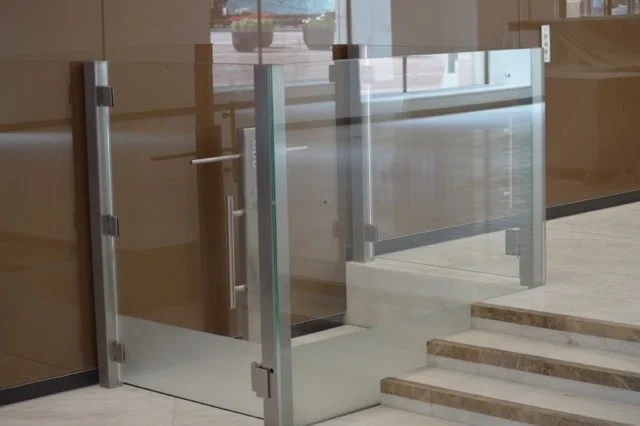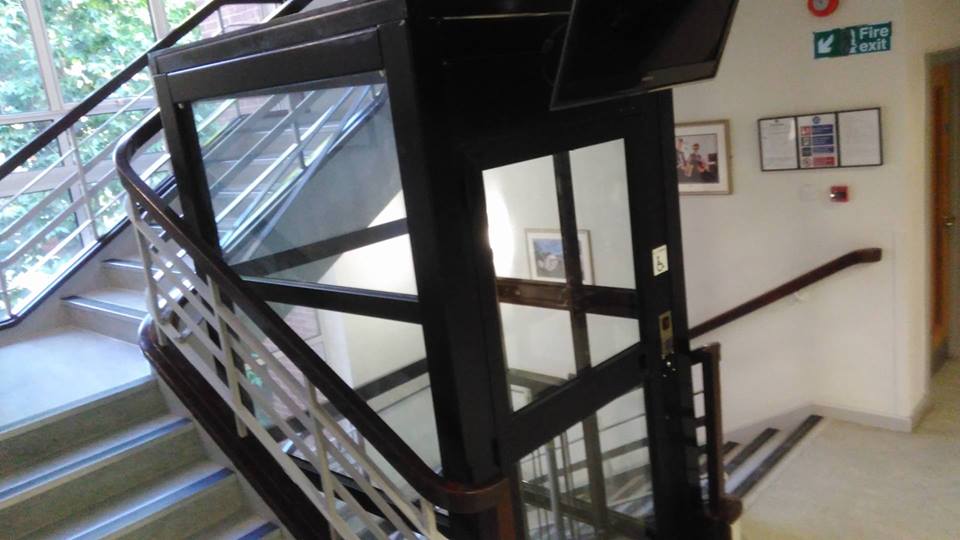The Equality Act 2010, which was previously covered under the Disability Discrimination Act, is designed to legally protect people in the workplace and wider society from unfair treatment. The legislation includes certain obligations to make reasonable adjustments for disabled people, which includes access to lifts.
Buildings intended for public use fall under the Equality Act. This includes making reasonable adjustments for physical features on the premises which could prohibit or hinder access to a disabled person. For example, toilets should have wide doors and adapted facilities, and steps and stairs which can’t be avoided should be removed or altered.
In some cases, this will necessitate the installation of a lift. Employers and service providers are recommended to consult Buildings Regulations when planning to install a lift, to ensure that it conforms to the Equality Act, and is suitably adjusted to the needs of disabled users. Lifts are specifically discussed in Part M of the Buildings Regulations.
Most lift manufacturers will ensure that their products are compliant with UK Building Regulations and the Equality Act as a standard practice, but it is advisable to be aware of the specific guidelines. These include the following main points:
· The lift must be suitable to accommodate a wheelchair user, with a clear landing of at least 1.5m in length and width, directly in front of the lift door at every level.
· The doors must have a clear opening width of at least 0.8m.
· The load capacity must be at least 400kg.
· Tactile indicators must be provided alongside the lift buttons to identify each storey.
· The lift must have a dwell time of five seconds before its doors begin to close after they fully open.
· When the lift serves more than three storeys, visual and audible indicators must be provided to identify the floor reached.
If you are looking for a wheelchair platform lift, please get in touch today.







































